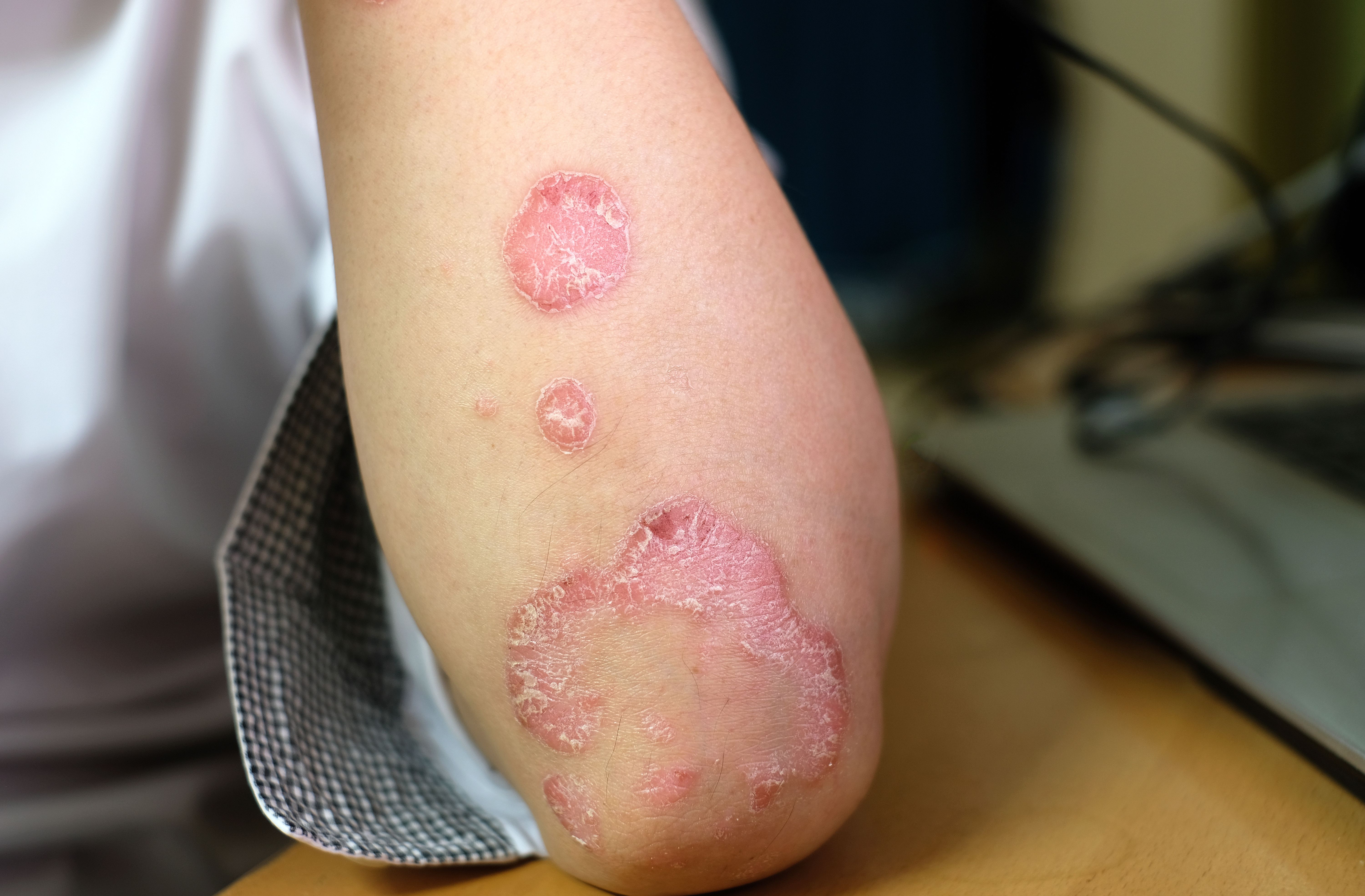- Acne
- Actinic Keratosis
- Aesthetics
- Alopecia
- Atopic Dermatitis
- Buy-and-Bill
- COVID-19
- Case-Based Roundtable
- Chronic Hand Eczema
- Chronic Spontaneous Urticaria
- Drug Watch
- Eczema
- General Dermatology
- Hidradenitis Suppurativa
- Melasma
- NP and PA
- Pediatric Dermatology
- Pigmentary Disorders
- Practice Management
- Precision Medicine and Biologics
- Prurigo Nodularis
- Psoriasis
- Psoriatic Arthritis
- Rare Disease
- Rosacea
- Skin Cancer
- Vitiligo
- Wound Care
Video
Switching Therapies in Psoriasis
Mark G. Lebwohl, MD, and Joseph F. Merola, MD, MMSc, provide insight on when it is appropriate to switch from one biologic to another for a patient with psoriasis.
Mark G. Lebwohl, MD: There are 2 questions I want to answer in our last few minutes. One of them is: If a drug stops working, do you switch classes, or stay within the same class? What do you think about there?
Joseph F. Merola, MD, MMSc: I'll tell you here, the big thing for me is primary vs secondary failure. I want to talk about that the way I define it, as well as what data we have for moving to a second anti-TNF [tumor necrosis factor], for example. Let me start with the first. I consider and again, I'm happy to hear your thoughts, primary vs secondary, feeling very differently. If someone tried, let's say, an anti-TNF drug and had absolutely no response after a number of weeks or a couple of months into therapy, I'm moving on to likely another mechanism if I feel like I've given it a really good try. That's different to me than someone who's maybe had an 80% response, but I need to go that extra leap. There I may try increasing dosing frequency off label or perhaps an IV [Intravenous] formulation, etc.
Now, someone who has been wildly well controlled, they have loved their adalimumab or etanercept or you name it for 5 or 6 years, it's always treated them well, but it's petering off. That's a place where maybe we'll have a discussion about another mechanism from the psoriatic arthritis [PsA] standpoint, but I may well talk about, “Hey, listen, this mechanism has treated you well. Let's think about another or second anti-TNF,” vs let's move on to another mechanism at that point. I think that's pretty sound.
Now, in the rheumatoid arthritis world, there has been mixed data from moving to a second anti-TNF after the failure of a first, although it's not terribly robust and even there, some people would argue and there are some guidelines that after a first TNF, you can think about another MOA [mechanism of action]. In the case of PsA, we really don't have robust data around the second TNF with failure of the first. That's my take on it. Again, Mark, please feel free to color the conversation.
Mark G. Lebwohl, MD: I'd say the one addition I'll make there. If somebody has failed a first and then a second TNF blocker because they stopped working, then I'm thinking they're developing antibodies to those drugs. I call them antibody farmers. In fact, if you check the ANAs [antinuclear antibodies] in those patients, they're often positive because they have inherited the gene that says, “Let's make lots of antibodies to whatever we're exposed to,” including our own nuclei. In those patients, I will think about adding methotrexate, which suppresses antibody formation. That's the only thing I would add to what you said but I would give the same answer you gave.
Transcript Edited for Clarity
Newsletter
Like what you’re reading? Subscribe to Dermatology Times for weekly updates on therapies, innovations, and real-world practice tips.







